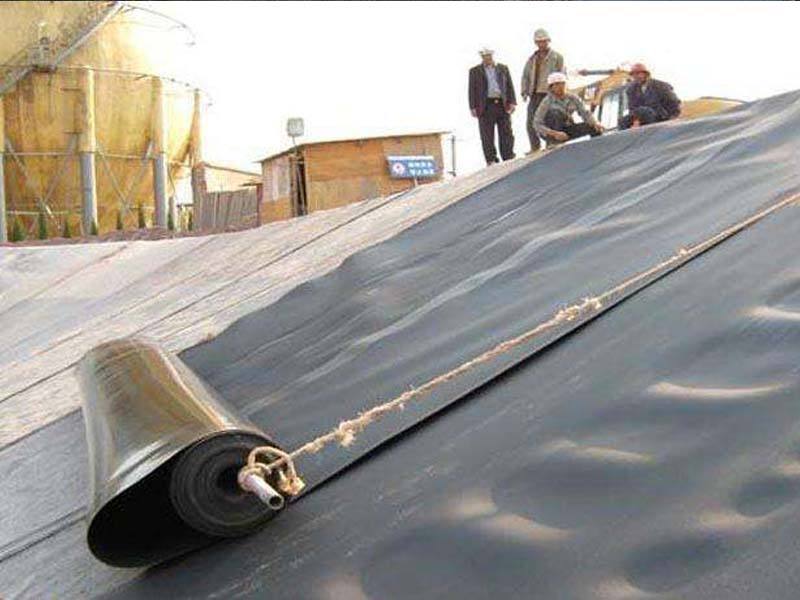The action characteristics of geomaterials
Geomaterials have multiple functions, including reinforcement, isolation, protection, anti-seepage, filtration, and drainage.
1. Enhanced functions.
The geosynthetic material placed in the soil can disperse the soil stress, transmit tensile stress, increase the friction resistance between the soil and the steel bar, limit the lateral displacement of the soil, and improve the stability of the soil and related structures. Geosynthetics can be laid between the soft soil foundation and the embankment to reinforce the soft soil embankment and ensure its stability.
2. Isolation function.
Using geotextile’s high tensile strength, tear resistance, good toughness, integrity, acid and alkali resistance, and bioerodibility, the two materials with greater permeability than geotextile can be separated from each other and play their respective roles. This plays an important role in the treatment of soft soil foundation. The purpose is to prevent the subgrade filling and the local bearing capacity loss of the weak gene from being mixed with each other, make up for the lack of foundation shear strength, prevent possible circular solitary slip damage, effectively speed up the construction period, reduce costs, and reduce uneven settlement between embankments. Facilitate drainage and accelerate soil consolidation. Geosynthetics with isolation function must have a high strength to withstand the stress caused by external loads and ensure the integrity of the structure.

3. Protection function.
Geosynthetics can disperse and concentrate stress, and can also transfer stress from one object to another, thereby dispersing the stress, preventing the soil from being damaged by external forces, and playing a protective role. Protection is generally divided into two situations: one is surface protection, that is, placing geosynthetic materials on the soil surface to protect the soil from external forces; the other is internal contact protection, where geosynthetics are placed between two materials. When one material is subjected to concentrated stress, the other material will not be damaged.
4. Anti-seepage function.
Coating the surface of the geosynthetic material with waterproof material such as resin or rubber, or combining the geosynthetic material with a plastic film to form an impermeable waterproof material. Geosynthetics can prevent water seepage in highway engineering, protect the environment, and structural safety. Seepage prevention of culverts and passages in collapsible loess areas; it can also be used for seepage prevention at the top of tunnels.
5. Filter function.
The material of the fluidized bed must meet two conditions: first, it must have good water permeability, when the water flows through the fluidized bed, the flow rate of the water does not decrease; second, the pores must be large and the pore size is relatively small to prevent a lot of soil Particle loss prevents soil damage. Geosynthetics meet the above two conditions, not only have good water permeability and air permeability but also have small pore diameters. During production, the pore size can be adjusted according to the soil particles, so that the particles will not be taken away by the running water and play a filtering role.
6. Drain function.
Geosynthetics can form drainage channels in the soil, collect water in the soil, and clear the roadbed along the plane of the material. In winter, the geotextile can be buried in the largest ice layer of the roadbed to control seasonal freezing and thawing and mud boiling. When using geosynthetics alone, the drainage capacity is limited, and other drainage materials and structures are needed to form a complete drainage body and drainage system.
